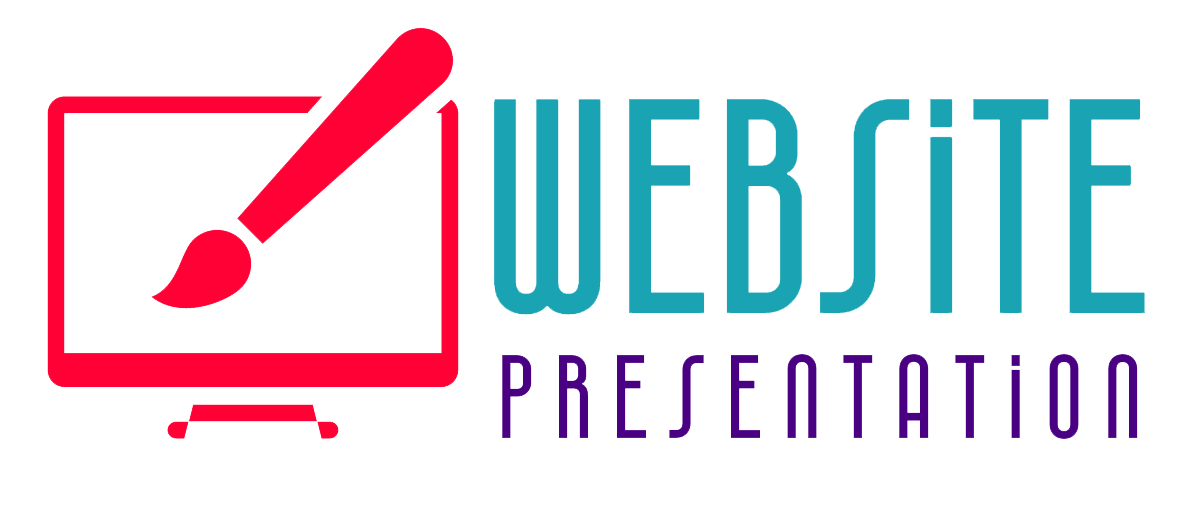In today’s digital age, having a strong content strategy is essential for the success of any website. Content strategy encompasses the planning, creation, and management of content to effectively communicate with the target audience and achieve specific goals. It involves not only the written copy but also the headlines and other textual elements on the website.
1. Identify and Understand the Target Audience
To create effective and personalized content, it is crucial to identify and understand your target audience. This involves analyzing demographic information such as age, gender, location, and interests to determine who your content should be tailored to. Conducting market research and using tools like Google Analytics can help gather data about your website visitors and their preferences.
2. Customize and Personalize Content
Personalizing and targeting the content is crucial to engage users and drive conversion. By understanding the needs and preferences of the target audience, you can create effective copy and headlines that resonate with users, capturing their attention and encouraging them to take desired actions. Here are some techniques to achieve this:
- User Profiles: Creating user profiles allows you to gather data on user preferences, demographics, and behavior, enabling personalized content recommendations.
- Data Analysis: Analyzing user data, such as click-through rates and bounce rates, can provide insights into user preferences and help refine your content strategy.
- Dynamic Content: Using algorithms and user data, dynamically generated content can provide personalized product recommendations, related articles, or targeted advertisements.
- Location-based Customization: By using geolocation data, you can customize content based on the user’s location, such as displaying local events or services.
- User Input and Feedback: Allowing users to input their preferences or provide feedback can help personalize future content recommendations.
- Segmentation: Dividing your audience into specific segments based on demographics, interests, or behavior can help in delivering more relevant content.
- A/B Testing: Testing different versions of content to see which resonates better with specific user segments can help optimize your copy and headlines.

3. Craft Compelling Headlines
When it comes to writing effective copy for your website, crafting compelling headlines is crucial in capturing the attention of your target audience. Here are some tips for creating engaging headlines:
- Use Attention-Grabbing Words: Incorporate powerful and descriptive words that evoke emotion and curiosity.
- Personalize Your Headline: Tailor your headline to resonate with your specific target audience.
- Keep It Concise: Keep your headline short and succinct to quickly convey the main message.
- Highlight the Benefits: Clearly communicate the value or benefits that your product or service offers.
- Use Numbers or Statistics: Incorporating numbers or statistics can add credibility and grab the reader’s attention.
- Test Different Variations: Experiment with different headline styles and measure their effectiveness with your target audience.
4. Structure Clear and Concise Copy
In addition to crafting compelling headlines, structuring clear and concise copy is essential for effective website content. By following these strategies, you can create compelling and targeted copy that effectively communicates your message to your website visitors:
- Use Short Paragraphs: Break up your content into shorter paragraphs to improve readability.
- Utilize Bullet Points or Numbered Lists: Present key points or features in a concise and easily digestible format.
- Use Subheadings: Organize your content using subheadings to guide readers and make it easier to skim.
- Use Bold or Italicized Text: Emphasize important points or keywords using formatting options.
- Write in Plain Language: Avoid using excessive jargon or technical terms that may confuse your audience.
- Incorporate Relevant Visuals: Use images, infographics, or videos to supplement your written content and engage readers.

5. Identify Relevant Keywords for Targeted Content
When it comes to creating effective copy and headlines for your website, SEO and keyword research play a crucial role. Understanding the keywords and phrases that your target audience is searching for can help you create content that is both relevant and engaging. By incorporating these keywords into your copy and headlines, you can improve your website’s visibility and attract more organic traffic.
6. Encourage User Engagement and Conversions
Calls to Action (CTAs) are essential elements in web design that prompt users to take specific actions, such as making a purchase, signing up for a newsletter, or contacting a business. Incorporating effective CTAs can significantly impact user engagement and conversions on a website. Continuous optimization and testing will help you refine your CTAs for better results.
7. Create Mobile-Optimized Copy and Headlines
With the increasing use of smartphones and tablets for browsing the internet, it is essential to ensure that your website’s content is mobile-friendly. Creating mobile-friendly copy and headlines will help you better engage with your mobile audience and improve their user experience on your website. We tackle this topic in detail here.
8. Choose Fonts and Typography for Clear Communication
Clear and legible fonts are essential for effective communication. Choosing the right font as well as the right colors improves readability and overall visual appeal. You can read all about choosing the right color scheme and typography for your web design proposal here.

9. Create Visual Hierarchy for Scannability
Visual hierarchy helps users scan and understand content quickly. By designing for readability, you can enhance user experience and ensure that your website’s content is accessible and easy to consume. Here are some techniques:
- Use headings and subheadings to break up the text and give structure to your content.
- Make important information stand out by using bold or larger fonts.
- Utilize bullet points or numbered lists to present information in a clear and concise manner.
- Incorporate white space to give your content room to breathe and make it more visually appealing.
- Use images, illustrations, or icons strategically to support your content and break up large blocks of text.
10. Maintain Consistent Tone and Voice
Consistency in tone and voice is crucial in maintaining a cohesive and engaging content strategy. By developing a consistent tone and voice, a brand can establish a strong identity and build trust with its audience. Aligning copy with brand guidelines ensures that all content, whether it’s website copy, blog posts, or social media updates, adheres to the brand’s values and objectives. Here are some key points to consider:
- Identify your Brand’s Personality: Determine the personality traits and characteristics that reflect your brand and resonate with your target audience. This will guide your tone and voice choices.
- Create a Style Guide: Develop a style guide that outlines the specific language, tone, and voice to be used in your brand’s content. This guide should be followed by all content creators to ensure consistency.
- Tailor Your Tone to Your Audience: Consider the preferences, values, and demographics of your target audience. Adjust your tone and voice to speak directly to your audience and make a meaningful connection.
- Use Consistent Terminology: Consistently use specific terms and phrases that align with your brand’s guidelines. This helps reinforce your brand’s identity and messaging across all platforms.
The Bottom Line
In conclusion, personalization and targeting play a crucial role in writing effective copy and headlines in web design. By understanding the target audience and tailoring the content to their needs and preferences, you can create engaging and impactful copy that resonates with users. Personalization allows for a more individualized and relevant experience, increasing user satisfaction and driving conversions. When combined with effective writing techniques, you can capture and hold the attention of their audience, ultimately leading to the success of the website.







